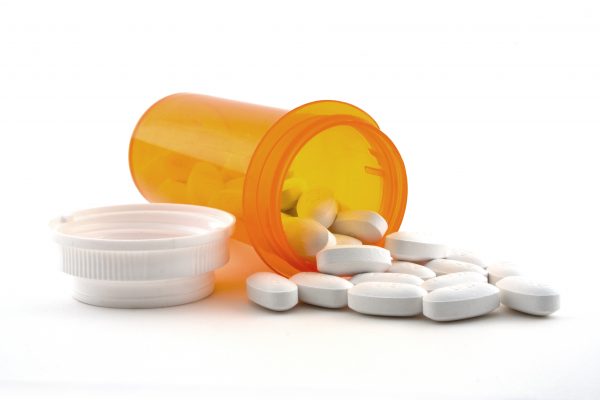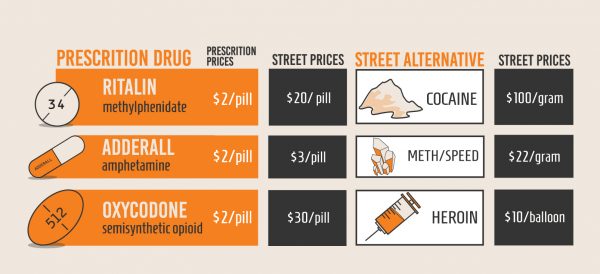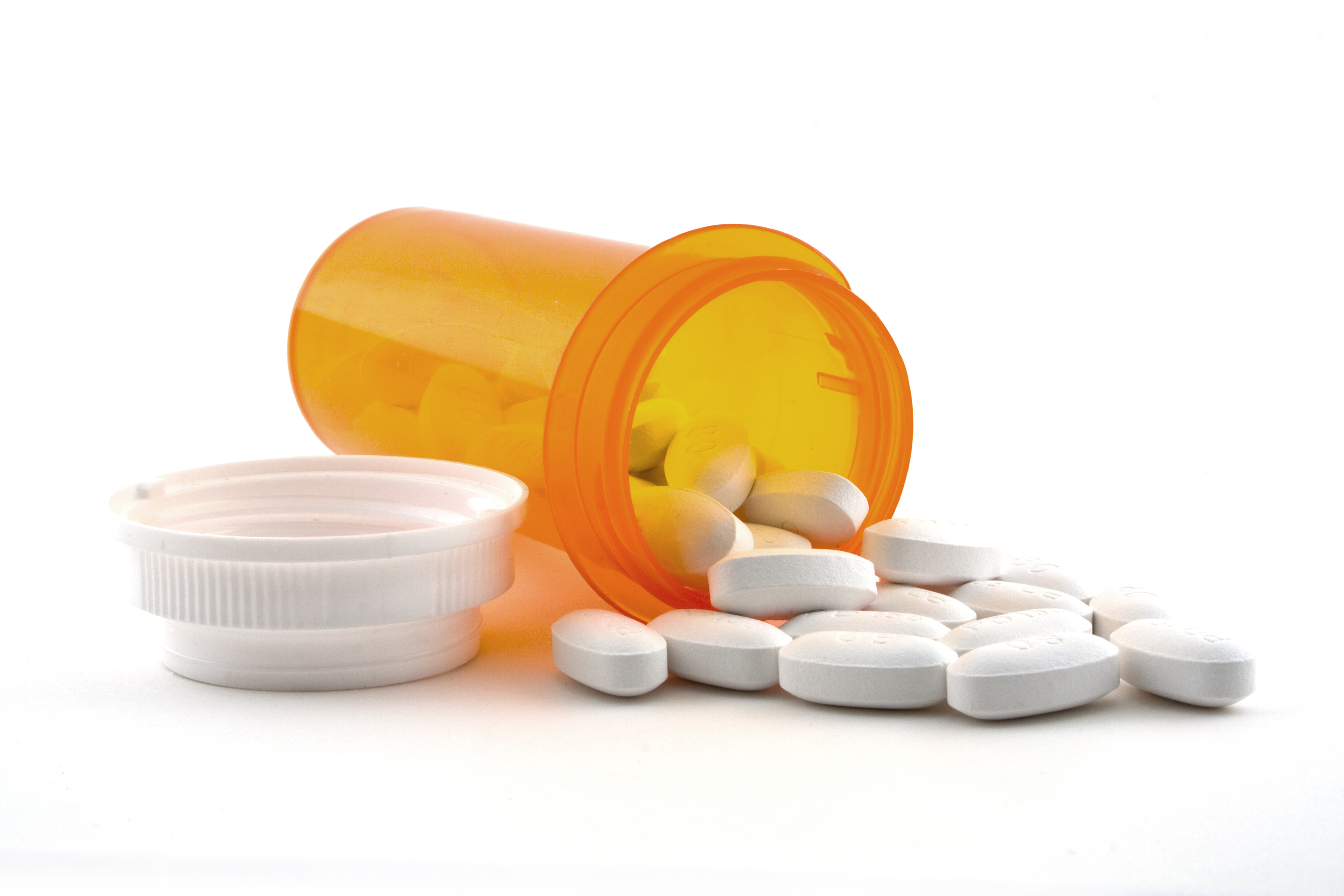Bill (name changed) was a bright and happy kid who loved his family and life. He grew up, got married, had a successful career and bought a house. He had two beautiful children. Then a few years ago he was in an accident that left him in pain. He was prescribed pain pills and became addicted. He lost his family and home as he came to care about the drug more than anything else in his life.
Two weeks ago he was found dead in his tiny apartment from a heroin overdose. How did he get from there to here?

Part of the answer is the growing epidemic of addiction to prescribed opioids. Years ago he was in an accident that left him in pain. Bill had a doctor who prescribed him monthly refills until he died. He sold part of his prescription each month for income and started using heroin to get high because it was cheaper, lots cheaper.
We spoke with Christina Zidow for some insight into the problem. Christina is the Chief Operating Officer for Odyssey House and a licensed clinical social worker therapist. She oversees the programming operations, including everything from evidence based practices to therapeutic practices for seven behavioral health programs in 13 locations in Utah and Las Vegas.
The problem in Utah is huge. Zidow referred to a May 2014 study printed in Obstetrics and Gynecology that looked at opioids prescribed to a pregnant, Medicaid population between 2000 and 2007. Utah had one of the highest rates, at 41.6% of pregnant women receiving an opioid prescription. Twice the national average which is 21.6%.

Zidow concludes, “This percentage indicates an issue of prescribing practices in Utah, especially looking at the study population with not only addiction potential, but problems for the fetus.”
Why do doctors keep prescribing and overprescribing such dangerous drugs? One answer is that doctors want to take care of their patients. They prescribe pills to help people manage pain. There is a perception in our culture that pain should always be relieved and doctors are always happy to relieve their patients’ pain. We should never be in pain so we go to the doctor looking for relief.
An additional reason is retention and compensation. Health facilities ask patients to rate doctors for the care they receive. Physicians’ ratings determine both compensation and retention. And according to Zidow, the greatest factor of an overall good rating is pain managements. She says, “We are incentivizing the wrong things.”
Another hurdle to overcome, according to Zidow, is lobbying by the American Medical Association and Utah Medical Association. Each year the major medical groups fight legislation that would mandate doctors to check a patient’s prescription records. Currently patients can doctor shop without much trouble. Zidow says, “Doctors don’t want to take the time, but isn’t five minutes worth a kid’s life?”
According to Zidow, opioid addiction is dangerous because, “It feels good to get high, but coming down is awful. After a certain point it is not even about getting high anymore, but about not getting sick. This behavior cycle is reinforced by the avoidance of discomfort and the fact that opioid addiction alters the way your pain senses work and the body becomes hypersensitive to any pain.” When people can longer get pain pills “legitimately” they turn to the street where prices are $1 a milligram. That works out to $30 for a 30 milligram pill. Not to mention the dangerous look-alike pills manufactured to pass for the real thing. These copy cats are usually laced with fentanyl, a very dangerous substance. Zidow says, “One pill may have a tiny bit of fentanyl, but the next pill may have a huge amount and the person who takes it will die in a couple of seconds.”
One solution to the problem is education for doctors and the general public. According to Zidow, University of Utah Health Care and Intermountain Healthcare are taking steps to educate their health care providers. Instead of pulling out the prescription pad, physicians are telling their patients, “You just had surgery. You are going to be uncomfortable for a couple of weeks. Take some Ibuprofen, use a hot pad, go to your physical therapy, because you don’t need to spend the next years of your life addicted to pain medication.”
As for the community, it is a matter of increasing awareness. Besides just changing the way that doctors prescribe drugs patients need to be aware of the risk factors associated with drug use. It is getting away from the notion that if a doctor prescribes something it must be safe. Dealing with pain is better than dealing with addiction. It is campaigns such as Use Only As Directed and safe prescription disposal programs.
There are alternatives for pain. There are medications that are less addictive and work differently. Some of those, such as muscle relaxants, can also be addictive, as the patient builds a tolerance. But they are not as ferocious as opioids.
Over the counter medications, Ibuprofen and Tylenol, are better choices, as well as heating pads, physical therapy, and muscle rubs. Patients and healthcare providers are also starting to look at pain control through alternative methods like yoga, meditation, and acupuncture.
By shifting expectations about pain, and exploring education about addiction and addiction potential, we can fight a very real threat. We can keep ourselves—and our loved ones—safe.
Related article: Inside Heroin Addiction and Homelessness in Salt Lake City






